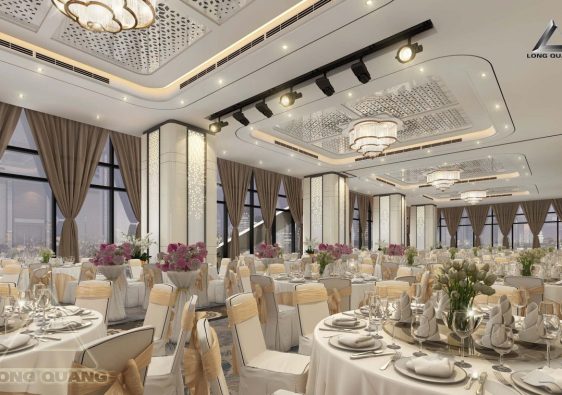For any event or party to be successful, it necessitates a healthy dose of creativity, strong leadership, flexibility and meticulous attention to detail. This can be overwhelming for many people, but if you manage to follow the tips mentioned below, it will be a lot easier than you might think.
Establish the Basics
 Determine the primary goals and objectives of your event. This may seem overly logical, but you must write these down in permanent ink in order to know what is the best size of venue, the appropriate budget, the nature of presentations, the number (or type) of guests, and what strategies to employ for your specific event. So, what is your ideal result? What do you hope to accomplish?
Determine the primary goals and objectives of your event. This may seem overly logical, but you must write these down in permanent ink in order to know what is the best size of venue, the appropriate budget, the nature of presentations, the number (or type) of guests, and what strategies to employ for your specific event. So, what is your ideal result? What do you hope to accomplish?
Consider why you’re doing what you’re doing (celebrating, fundraising, educating, selling, proposing, and so on). Understanding your motivations can help you focus and drive.
Having a few objectives can also help to align you in the right direction. You can’t keep trying to reach an undefined goal! When you have $5,000, for example, and want to reach $7,000, that goal can propel you to the finish line.
Choose a Date and Time That Works for You
This is one of the most crucial aspects of your event planning. Choose a date and time that no one can make, regardless of how fantastic your event is. Choose a date and time that is too far in the future – or too soon – and your guests will either forget about it or have other plans. The Goldilocks effect in event management!
Ideally, you should notify your guests about two weeks in advance. That gives them enough time to make plans and a good timeline for inviting them and reminding them once or twice before the event.
So, if you can, try to schedule your event at least a few weeks in advance.
Choose Your Location

You can already start thinking about venues and approaching prospective ones with a date and the items you’ll need now that you know what you’re doing and when you’re doing it. What kind of structure do you want to host in, and how will you manage the space? Are the guests to sit in rows of chairs, on benches or at tables, or on picnic rugs out in the open? Will the weather be an issue? Will there be enough space for dancing, a podium for speakers, or a stage? If this is the case, make sure the event space is adequate.
It is always recommended to visit the site ahead of time and draw a map of the area. This map should be used as a “battle plan: it’ll allow you to sketch and allocate table space, food service routes, disabled access if needed, and exit routes, as well as how you will get the equipment into place. You should also mark the location of the power generator (if necessary), external equipment such as a refrigerator, barbecue, ice maker or stoves (etc.), as well as power points and cables (which can be discreetly covered with a rug) and other safety hazards to address.
Is it necessary, for instance, to obtain legal and local government approvals? In most cases, approvals are required not only for a bar, but also for excessive noise, vehicle access and parking, the construction of large enclosures such as a pavilion, and other requirements.
If you’re assisting someone else in selecting a venue for their event, create a chart that compares their top three options. It can include information such as how much each venue costs, the rules of each venue, and what is included with the rental.
Decide How Many People to Invite
How many guests can your budget and venue accommodate? Some events are strictly ticketed or invitation-only, which makes planning easier, but many events will have latecomers or extras like children, partners, or friends. Remember that the more guests you have, the more crew you’ll need.
Because it can be the most difficult logistical issue, it’s always a good idea to make sure there’s enough room for everyone at the site to move around.




